Science
Neuroscience Is Missing Out: The Hindu Genesis Of Zero May Hold The Key
Aravindan Neelakandan
Oct 26, 2024, 04:18 PM | Updated 04:17 PM IST
Save & read from anywhere!
Bookmark stories for easy access on any device or the Swarajya app.
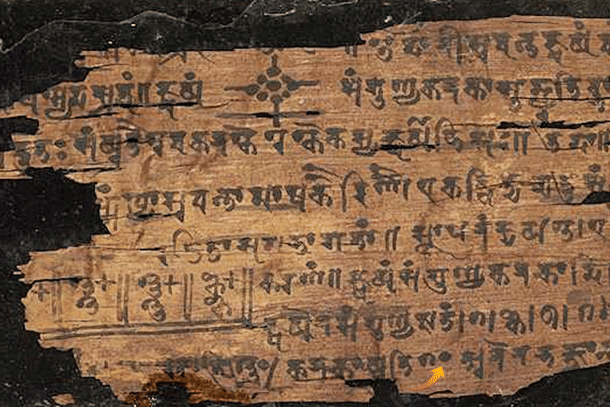
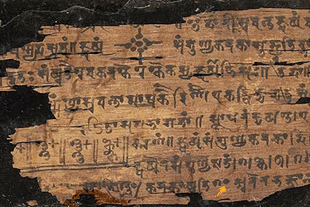
Quanta Magazine is known for its in-depth exploration of scientific concepts. It recently delved into the fascinating enigma of how the human brain grapples with the concept of zero.
The article, published on 18 October, was titled ‘How the Human Brain Contends With the Strangeness of Zero’ and written by Yasemin Saplakoglu.
This exploration transcends a mere historical account of zero, delving into the intricate neurological processes that allow us to conceive of nothingness as a quantifiable entity.
Andreas Nieder, a neuroscientist specialising in human and animal intelligence, aptly observes that "it took an eternity until mathematicians finally invented zero as a number," highlighting the complex cognitive leap required to grasp this concept.
This journey into the neuro-evolutionary roots of zero reveals that even monkeys and crows possess neurons attuned to the numerosity of zero, underscoring its deep biological foundations.
However, the question of whether specific neurons fire for ‘zero’ or if a more distributed network is involved remains a subject of ongoing debate among scientists like Nieder, Florian Mormann, and Brian Butterworth.
The article makes a commentary on the ongoing research as "a pursuit that would have pleased Jean-Paul Sartre, the 20th-century existentialist who claimed that ‘nothingness carries being in its heart’."
Bird’s Eye View Of Neurobiological Research Related to Zero
Nieder, one of the principal researchers featured in the article, proposes that the concept of zero emerges through a four-step evolutionary process, which he detailed in his 2016 paper.
It begins with the sensory experience of ‘nothing’ and then progresses to the categorisation of ‘something’, followed by the understanding of quantitative empty sets. It finally culminates in the abstract concept of the number zero.
This progression, Nieder argues, reveals how the brain, initially evolved to process tangible stimuli ("something"), detaches from empirical properties to achieve abstract thought.
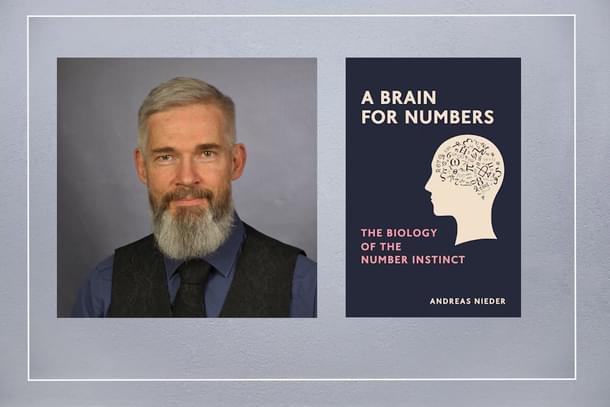
In his 2019 book, A Brain For Numbers (MIT press), Nieder explored what he said in the subtitle: 'The biology of the number instinct'.
Here, he explored not only the emergence of zero in human history but also what can be learnt about its neurobiology from how non-human animals encounter and experience empty sets and the numerosity of zero. He identified a 'cortical hierarchy' in the neural mechanism associated with such cognition.
In 2021, Nieder and his team further solidified this theory by demonstrating that a deep learning neural network, even without explicit numerical training, spontaneously developed a representation of zero, much like real neurons respond to varying quantities.
This finding provides compelling evidence for the deeply ingrained and evolved nature of zero comprehension.
Two recent studies (Barnett & Fleming, 2024; Kutter et al, 2024) have explored the neural representation of zero in the human brain. Barnett and Fleming, using magnetoencephalography, found that zero occupies a place on a graded neural number line, suggesting the brain treats it as a quantity, similar to other numbers.
Conversely, Kutter et al (2024), employing single-neuron recordings, discovered a distinction between neuronal coding for non-symbolic and symbolic zero. This difference may reflect the unique cognitive leap required to conceptualise zero as an abstract symbol, distinct from the mere absence of something.
It's worth noting that these studies, despite their insights as well as the phenomenal light they have thrown on the neural correlates of ‘zero’, have not yet addressed how the brain processes "zero" as a written word-symbol, as pointed out by the Quanta article.
The article, while acknowledging India's contribution to the concept of zero, somehow does not discuss even in the minimum the underlying Indian worldview that birthed this revolutionary symbol.
This omission is particularly striking given the article's focus on the neurological processes behind understanding zero.
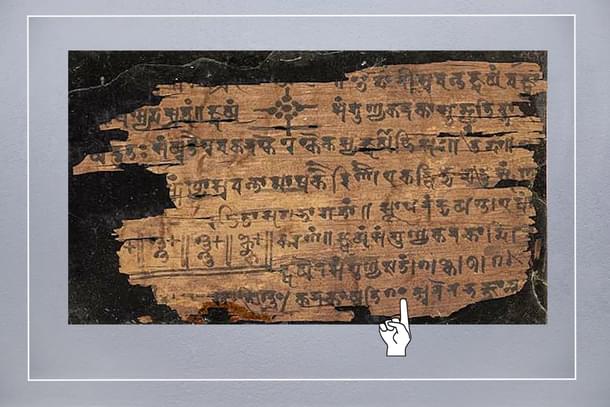
By primarily considering neuroscientific perspectives within a Western philosophical framework, the article misses the opportunity to explore the rich heritage of an ancient civilisation that fundamentally shaped mathematical thought.
This not only undermines India's contribution but also potentially hinders a complete understanding of the complex neurodynamics involved in comprehending zero.
In 2024, another important interdisciplinary volume has been published on the origin and significance of zero, with 140 scholars contributing to it. Many of the papers deal with the Hindu philosophical roots of zero. Still, a gap remains between neurobiological investigations into the emergence as well as cognition of zero and the cultural and intellectual context from which it emerged.
Hindu Roots And Frameworks
Ananda Coomaraswamy, the pioneering Indic Indologist, delved deep into the Vedic metaphysics and literary metaphors that foreshadowed the numerical representation of zero in Indian mathematics.
Cautious, he states that his aim was not to argue for a Rig Vedic understanding of the decimal system or the concept of zero itself but rather to illuminate the metaphysical and ontological implications of the terms used by later Hindu mathematicians to denote "zero" and other numbers.
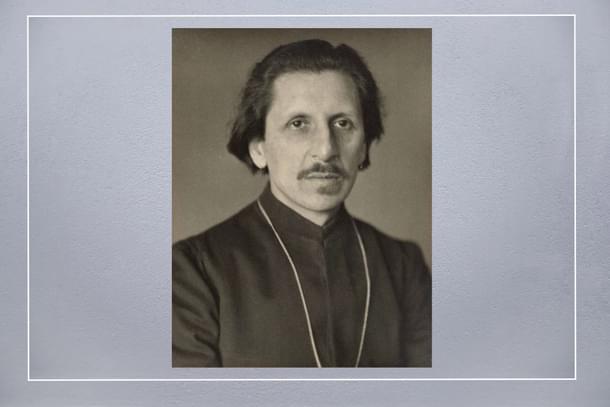
Coomaraswamy highlights the terms kha, sunya, and purna from Indian sacred literature, among others like akasa, vyoma, antariksa, nabha, and ananta, all related to the concept of zero.
He notes the fascinating paradox of sunya and purna representing nothingness and completeness, respectively, implying that all numbers are virtually present in that which is without number.
Connecting these metaphysical concepts with literary metaphors, he traces the evolution of zero from the ‘the earlier metaphysical literature’ to the ‘the later mathematicians selection of technical terms’.
He refers to Rig Veda (IV.I.II), where Agni is described as ‘hiding both his ends (guhamano anta)’; to Aitreya Brahmana (111.43) as ‘the Agnishtoma is like a chariot wheel, endless (ananta)’; Jamaniya Upanishad Brahmana (1.35) of Sama Veda, ‘the Year is endless (ananta), its two ends (anta) are Winter and Spring… so is the endless chant (anantam saman).’
These literary references suggest that later mathematicians chose their technical terms by drawing upon earlier usage within a metaphysical context.
Coomaraswamy's work invites us to consider zero not just as a mathematical entity but as a reflection of deeper consciousness. This resonates with marine biologist and Vedic scholar Marta Vannucci's insights on Aditi, the Vedic embodiment of the infinite, suggesting that zero symbolises the boundless potential within the void distinct from another concept of eternal, which is an attribute of Varuna.
Aditi, the infinite, gives rise to eternity. In her words: "A physicist specialised in dimensional analysis would define the term ‘eternal’ as something that has no temporal limitations, while the term ‘infinite’ as something that has mass, dimension, time."
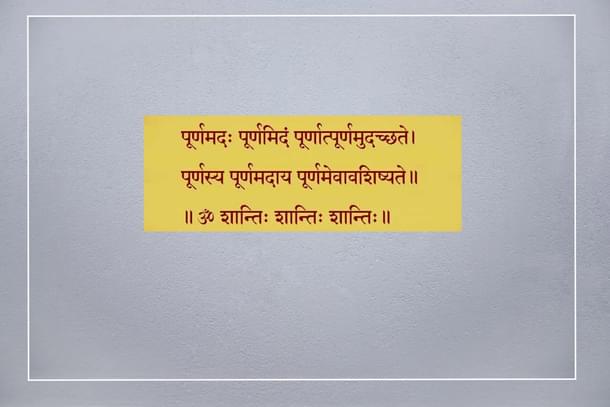
One should also remember how the famous invocation hymn of Isavasya Upanishad and also the categorising of non-existent as a category in the famous Nateeya Sukta of Rig Veda also prefigure numerical zero in Hindu psyche.
At the next level in the system of linguistic formalism, the greatest achievement of Panini, zero plays an important role. In the linguistic context, zero can mean adarshanam — loss of sound — which in turn can mean non-hearing or non-pronouncing or loss of sound, etc.
Sanskritists M D Pandit and Frits Staal had pointed out that "at a deep structural level, the conceptual role of placeholder zero, is much akin to the Paṇinian implementation of the rule 1.1.60 adarśhanaṃ lopaḥ (non-appearance or nonavailability as vanishing)’, and this has led to the speculation whether Panini incorporated it from the mathematicians of his time or if it was the other way around.
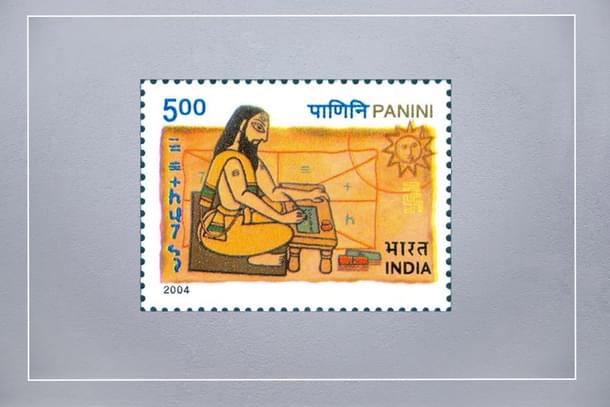
According to linguist W S Allen, "the linguistic zero was known before the mathematical zero." According to Pandit, who considers lopa the grammatical equivalent of mathematical zero, "the technique of zero is… basically and purely a technical device born out of necessity for brevity and symmetry of linguistic description," which Panini "perhaps borrowed from positional mathematics."
Whether Panini drew inspiration from mathematicians or vice versa, the cognitive mechanisms involved in processing linguistic and mathematical zeroes could be intertwined. Exploring the neural correlates of these linguistic structures may shed light on the broader mystery of zero and its representation in the human brain.
Hindu spiritual traditions have long embraced the paradox of ‘nothing’ being pregnant with ‘everything’. This suggests that the concept of zero may have arisen from a mystical experience of unity and nothingness, where the individual self dissolves into the infinite.
Perhaps the neural correlates of zero discovered by neuroscience are faint echoes of this altered state of consciousness, cultivated through India's spiritual practices.
While materialist philosophies denied the existence of Akasa, which in all probability became the root of zero, Hindu Darshanists emphasised its concreteness as the source of all elements.
This idea permeated the Hindu psyche, finding expression in devotional mystic poetry, like, for example, right from Nammazhwar's (sixth century CE) description of "solid Akasa" (Thida Visumpu…: Thiruvaimozhi 1.1.7) to the eighteenth-century Sakta literature describing the goddess as the "non-existent space on contemplation" from which all physical categories emerge (Abirami Antathi: verse 16).
These diverse expressions, from Vedic verses to Bhakti hymns, reveal the archetypal basis of zero, which by the sixth century had emerged as a mathematical symbol in India.
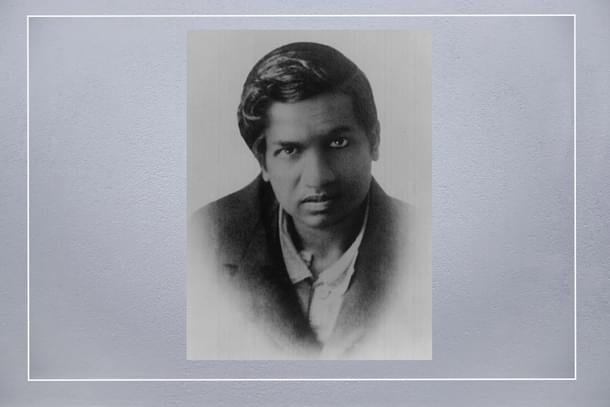
In the twentieth century, mathematician Sreenivasa Ramanujan felt his mathematical research guided by a deeper mystic experience where zero played an important role.
Statistician-physicist P C Mahalanobis said Ramanujan "spoke of ‘zero’ as the symbol of the absolute (Nirguna Brahman) of the extreme monistic school of Hindu philosophy that is, the reality to which no qualities can be attributed, which cannot be defined or described by words and is completely beyond the reach of the human mind."
Mahalanobis further pointed out that to Ramanujan "the product of infinity and zero would supply the whole set of finite numbers." Each was an "act of creation" that "could be symbolised as a particular product of infinity and zero, and from each such product would emerge a particular individual of which [the] appropriate symbol was a particular finite number."
Beyond the literal veracity of the views and experiences of Ramanujan is a deeper significance. It highlights the potential for mystical experiences to inspire and inform mathematical abstractions.
It hints at a fascinating possibility: that the development of the 'zero' concept in India may have been influenced by a long lineage of inner exploration, tracing back to Vedic metaphysics and the poetic metaphors used to describe ultimate reality.
Towards A Contemplative Neuroscience Of Zero?
In his work, Nieder identifies a hierarchy here. The brain transforms the absence of countable items (‘nothing’), represented in the region of parietal lobe called ventral intraparietal sulcus, which is ‘lower’ in hierarchy, into an abstract quantitative category (‘zero’) in the ‘higher’ prefrontal cortex.
In the neural correlates of mystical practices there is an equivalent (not the same) process between the parietal lobe and the prefrontal cortex. But it is more of a complementary nature than hierarchical as conceived by Nieder.
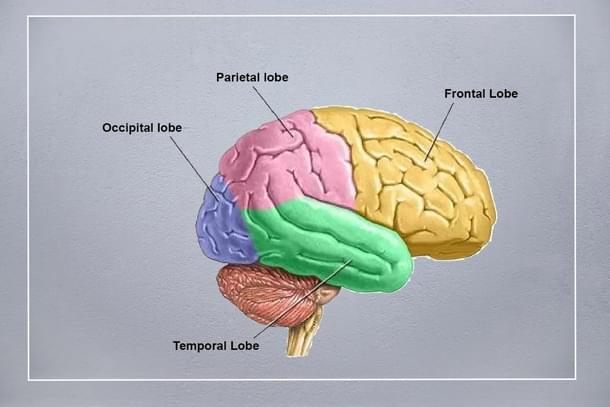
Andrew Newberg, a leading researcher in the neurobiology of religious experience, states that the inhibition of sensory information flow to the parietal lobe, and, hence, a decreased activity, results in a decreased sense of ‘self’ and leads to a non-dualistic merger either with god or with all existence.
This inner blocking of sensory flow to the parietal lobe is achieved in prayer or meditation or ritual by an important neural transmitter chemical called GABA (gamma-aminobutyric acid). It also increases the concentration functions of the prefrontal cortex. One finds the mental self becoming empty and from that void and concentration an abstracted realisation of a non-dualistic higher self.
This equivalence between the neural correlates of spiritual experience and the way zero abstraction happens, while not the same, may allow one to further understand the neuronal relation between identical processes.
Integrating the Hindu conceptual basis of zero with neurobiological research offers a promising pathway to a more comprehensive understanding of how the brain constructs and processes this fundamental concept.
Such an exploration can reveal a deeper interplay between cultural background, individual experience, and neural mechanisms in the abstraction of zero.





